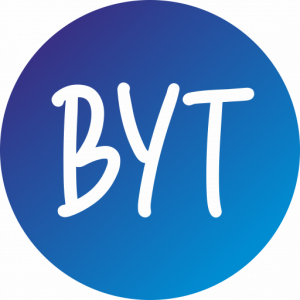Introduction:
With the emergence of ChatGPT, DALL-E, Bard, and other AI solutions, we are witnessing the beginning of the age of AI. The impact of AI is not limited to taking over jobs but also disrupting entire industries. This article explores the implications of AI in various sectors and how it will transform the way we work and learn.
AI Goes Beyond Job Taking:
AI solutions such as ChatGPT and DALL-E are not only taking over jobs but also disrupting existing industries. They are capable of generating text, images, and even metaverse worlds with simple commands. Although some of these AI solutions may replace human workers, it goes beyond that. A recent report suggests that AI has the potential to disrupt entire industries.
Historical Perspective:
Throughout history, technological advancements have eliminated jobs, such as automation in production lines and self-checkout scanner technology in supermarkets. However, the impact of AI goes beyond automation as it disrupts existing industries and affects people who are not yet employed in them.
AI in Education:
ChatGPT is a significant change in education. It enables students to quickly generate responses, write papers, research issues, and even code. Although Google has been available for years, ChatGPT is more efficient and practical. However, the lack of optimal AI detection algorithms raises concerns about plagiarism and the credibility of the education sector.
AI in News Reporting:
The news reporting industry is another sector that will be affected by AI. The Association Press has been using AI for nearly a decade in the production of sports scores and corporate earnings. Other websites like CNET have also used AI to create articles. However, the reliability of AI-generated articles has been questioned due to outrightly wrong data and copied content.
AI in Customer Service:
Chatbots with limited results are currently being used in customer service chats. However, waiting for a real person to respond can be frustrating. Chatbots have the potential to replace service agents completely. Even customer service representatives can be replaced by chatbots, which may provide incorrect or incomplete information.
Obstacles and Challenges:
Although AI has the potential to revolutionise the way we work and learn, there are significant obstacles and challenges. One major obstacle is the lack of optimal AI detection algorithms, which raises concerns about plagiarism and credibility. Moreover, AI-generated articles are not always reliable and may contain incorrect data.
Conclusion:
The rise of AI goes beyond job-taking as it disrupts existing industries and affects people who are not yet employed in them. Although AI has the potential to transform the way we work and learn, there are significant obstacles and challenges that need to be addressed. Therefore, it is essential to adopt AI solutions while taking necessary precautions to ensure their reliability and credibility.











































































































































